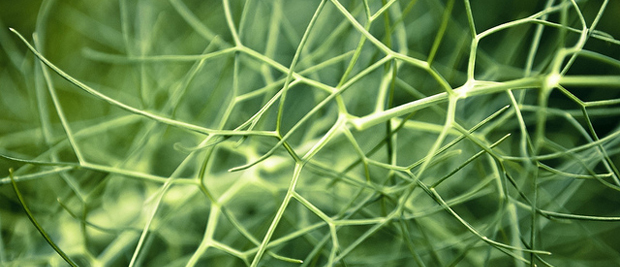"neural networks" entries

On the evolution of machine learning
From linear models to neural networks: an interview with Reza Zadeh.
Get notified when our free report, “Future of Machine Intelligence: Perspectives from Leading Practitioners,” is available for download. The following interview is one of many that will be included in the report.
As part of our ongoing series of interviews surveying the frontiers of machine intelligence, I recently interviewed Reza Zadeh. Reza is a Consulting Professor in the Institute for Computational and Mathematical Engineering at Stanford University and a Technical Advisor to Databricks. His work focuses on Machine Learning Theory and Applications, Distributed Computing, and Discrete Applied Mathematics.
Key Takeaways
- Neural networks have made a comeback and are playing a growing role in new approaches to machine learning.
- The greatest successes are being achieved via a supervised approach leveraging established algorithms.
- Spark is an especially well-suited environment for distributed machine learning.
David Beyer: Tell us a bit about your work at Stanford
Reza Zadeh: At Stanford, I designed and teach distributed algorithms and optimization (CME 323) as well as a course called discrete mathematics and algorithms (CME 305). In the discrete mathematics course, I teach algorithms from a completely theoretical perspective, meaning that it is not tied to any programming language or framework, and we fill up whiteboards with many theorems and their proofs. Read more…

What is deep learning, and why should you care?
Announcing a new series delving into deep learning and the inner workings of neural networks.
Editor’s note: this post is part of our Intelligence Matters investigation.
When I first ran across the results in the Kaggle image-recognition competitions, I didn’t believe them. I’ve spent years working with machine vision, and the reported accuracy on tricky tasks like distinguishing dogs from cats was beyond anything I’d seen, or imagined I’d see anytime soon. To understand more, I reached out to one of the competitors, Daniel Nouri, and he demonstrated how he used the Decaf open-source project to do so well. Even better, he showed me how he was quickly able to apply it to a whole bunch of other image-recognition problems we had at Jetpac, and produce much better results than my conventional methods.
I’ve never encountered such a big improvement from a technique that was largely unheard of just a couple of years before, so I became obsessed with understanding more. To be able to use it commercially across hundreds of millions of photos, I built my own specialized library to efficiently run prediction on clusters of low-end machines and embedded devices, and I also spent months learning the dark arts of training neural networks. Now I’m keen to share some of what I’ve found, so if you’re curious about what on earth deep learning is, and how it might help you, I’ll be covering the basics in a series of blog posts here on Radar, and in a short upcoming ebook. Read more…
